Cosmos Magazine is an award-winning literary science magazine, published in Australia but with a global reach. Cosmos Magazine presents the exciting world of science in a way that everyone can enjoy, with beautiful pictures and clear explanations of the latest developments. Discover the universe around you and what makes it tick.
National tree, summer sounds
COSMOS NEWSROOM, 2021 • Does it matter? Are you sure? And how does it work? These are the questions asked every day to create daily stories for cosmosmagazine.com, features for Cosmos Weekly and, of course, here in the magazine. We work with an international cohort of writers, but our heart is these “three amigas”, who’ve researched, learnt and diligently reported the things we hope will change the world. Here’s what mattered to them:
Cosmos Magazine
From the Editors
Could houses on Mars be built with astronaut blood, sweat and tears? • It’s a bloody good day for Martian construction companies.
Ebola resurfaced: some viruses are never really gone • What caused the recent “resurrection” of the Ebola virus?
JUNIOR FOSSIL HUNTERS DISCOVER EXTINCT PENGUIN • New species may have been 1.4 metres tall.
New insights into the Moon’s evolution • The results from China’s Chang’e 5 lunar sample return mission are in.
Did we underestimate the health effects of the Black Summer bushfires? • Study reveals the physical and mental impacts of bushfire smoke.
WHAT CAUSES THE OILY FILM ON BLACK TEA? • Researchers take a closer look at the physics and chemistry of the cuppa.
3D printing rocket and satellite parts • A new system will make greener space technology, faster.
FOCUS: LISTENING IN
Spotted: Ghost surface polaritons • A type of hybrid light-matter quasiparticle seen for the first time.
THE PEOPLING OF POLYNESIA • Population genetics and machine learning draw timelines on Pacific migrations.
Butterflies feed on live young to steal chemicals for attraction • The toxic seduction secrets of the milkweed butterfly.
Changing the shape of water molecules • Zeolites can dramatically alter the shape of water.
DISC–OVERY?
MAKING HYDROGEN WITH MINING WASTE • New catalyst promises cheaper hydrogen production.
“GREEN ARABIA” A CRUCIAL MIGRATION ROUTE FOR EARLY HUMANS • Lakes and lush greenery existed on the Arabian Peninsula.
Fast and furious floods shaped Martian surface • Overflowing lakes sculpted Mars billions of years ago.
Underwater hotels for homeless seahorses • Researchers rehome endangered juvenile seahorses in ocean hotels to boost their population.
Kooky competition, serious science • Fat Bear Week offers a glimpse into the health of rivers in the remote far north of the planet.
WANTED: SPOTTED SKUNKS DOING HANDSTANDS • Researchers call for skunk specimens with an arresting poster, and discover a new species.
What stops small farms from cashing in on carbon? • Small-scale carbon farming leaves a lot to be desired.
Tracing human origins by foot • Six-million-year-old Cretan footprints challenge beliefs about human evolution.
Beyond black holes • The detection of gravitational waves has opened the door to a new realm of cosmological discovery, says David McClelland.
When bus timetables and particle physics collide • The challenges of mathematics equate to the most exciting new frontiers of science, writes Nalini Joshi.
SUPERNOVA observations of ABORIGINAL AUSTRALIANS • Aboriginal observations of new stars appearing in the sky are leading to new approaches in astrophysics research, write Pete Swanton and Duane Hamacher.
SUPERNOVA HEROES • In 2011, ANU Professor Brian Schmidt won the Nobel...
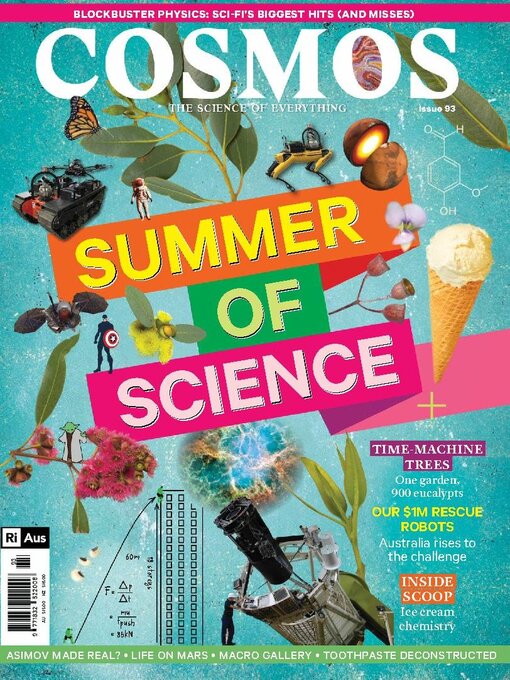
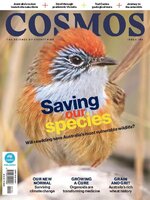 Issue 104
Issue 104
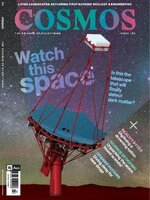 Issue 103
Issue 103
 Issue 102
Issue 102
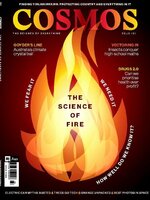 Issue 101
Issue 101
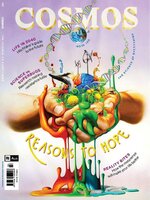 Issue 100
Issue 100
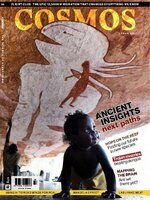 Issue 99
Issue 99
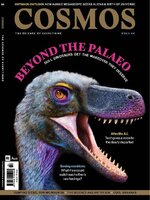 Issue 98
Issue 98
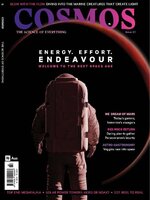 Issue 97
Issue 97
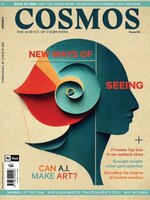 Issue 96
Issue 96
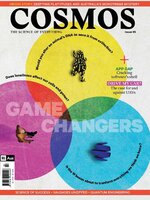 Issue 95
Issue 95
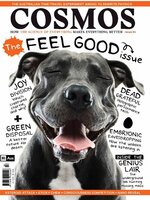 Issue 94
Issue 94
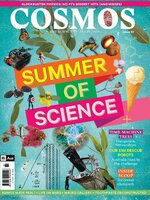 Issue 93
Issue 93
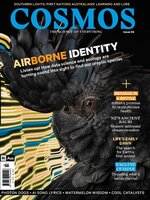 Issue 92
Issue 92
 Issue 91
Issue 91
 Issue 90
Issue 90
